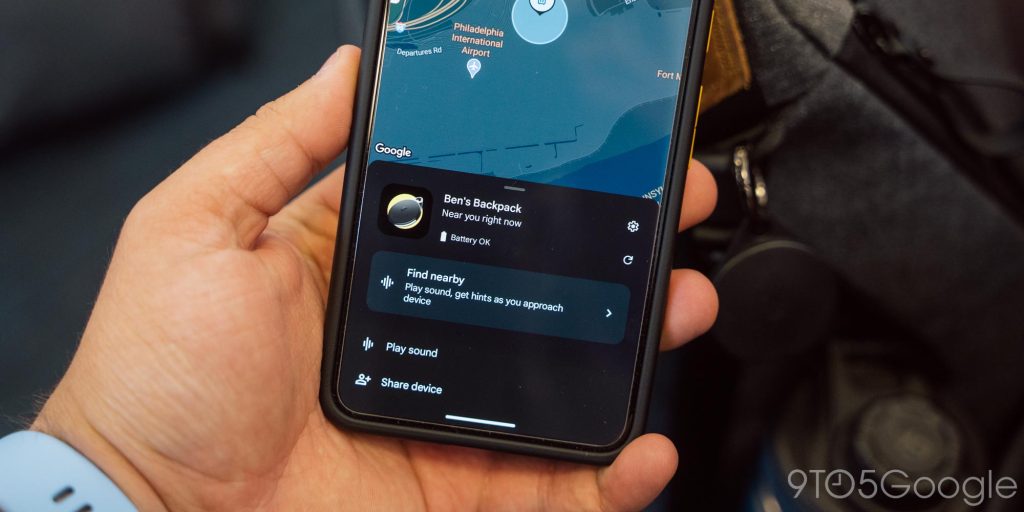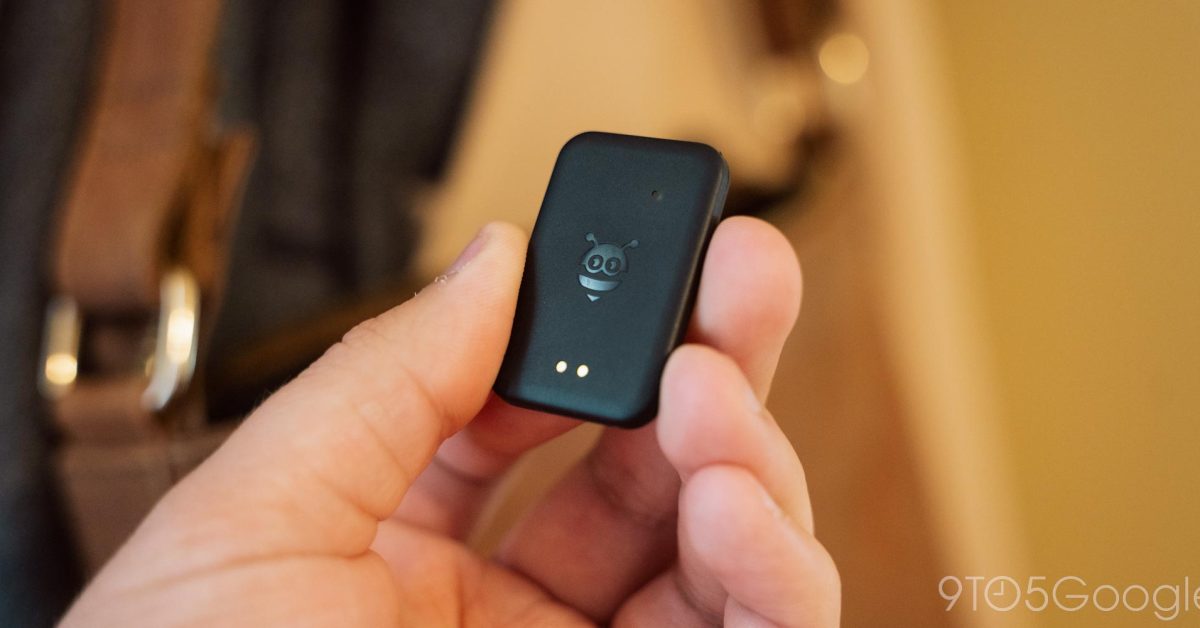
Google launched the Find My Device network on Android after a long delay (which Apple took advantage of), but the launch brought the promise of AirTag-like trackers for Android users. It’s clear, however, that the current state of the network isn’t up to par with Apple’s, and now someone’s put that to the test by sending out a few trackers in the mail to see how they’re progressing.
There are only a few trackers for the Find My Device network so far. Two from Chipolo and three from Pebblebee. In our initial reviews of both sets of trackers, we quickly found that the network’s slow rollout, combined with Google’s decision to restrict it to “high traffic areas” by default, added up to trackers that are incredibly limited in functionality.
Google says they’re working on this, but it may be a while before we see improvements.
In the meantime, a test conducted by Reddit user u/chiselplow shows the state of Find My Device trackers compared to the gold standard, Apple’s AirTag.
On July 3, an AirTag and a Pebblebee Find My Device tracker (it’s not stated which) were placed in a package and shipped via the US Postal Service. The AirTag provided updates on its location via the local truck and hub, as well as a larger truck that went to a larger warehouse. The Pebblebee tracker only provided one update while at that warehouse, and that update kept reverting back to saying it was last seen at the user’s home.
That update eventually stuck, and on July 6, the package was delivered to its destination. The AirTag continued to provide frequent updates on its location throughout the journey, including at other warehouses and even en route.
Towards the end, the Pebblebee tracker apparently went back to reporting that it was last seen at the user’s home, and it never updated when it arrived at its final location. Clearly the tracker was seen at some point, but it’s extremely odd that the data it collected was effectively thrown away.

There are a few questions here, like whether the recipient of the package had an Android phone. But either way, it’s pretty clear that trackers on Google’s network can’t yet match the location-tracking prowess of an AirTag. And honestly, that makes sense. Google takes a long time to fully roll out its network, and this test took place in the US, where, given the market share of the iPhone, it’s entirely likely that the tracker was never near an Android phone long enough to properly update its location.
Ultimately, it seems that much of this can be attributed to the Find My Device network’s default “high traffic areas” setting. This prevents Android phones from reporting a tracker’s location unless they’re in a location that’s considered a “high traffic area.” It’s not entirely clear what the threshold for this is. But random roads and warehouses probably do not meet the criteria.
We plan to run a similar test once the Find My Device network is more widely rolled out. Stay tuned for more information, and let us know in the comments how Find My Device trackers are working for you.
More about Find My Device:
Follow Ben: Twitter/XWires and Instagram
FTC: We use income generating automatic affiliate links. More.
